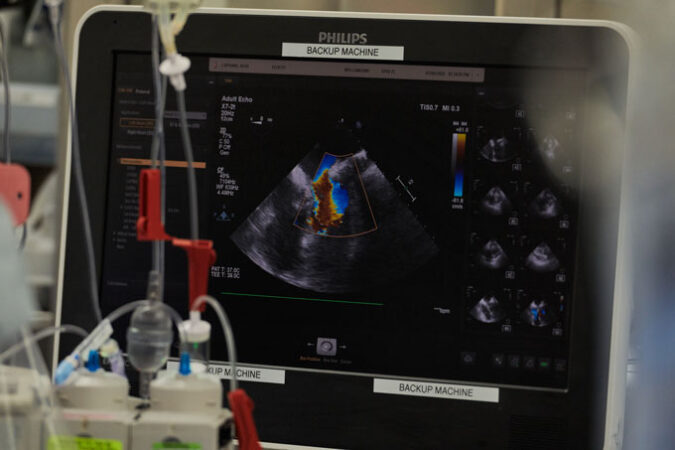Two pig hearts were successfully transplanted into brain-dead people
The transplants kept the patients’ blood flowing for three days and are an early step in figuring out if the procedure might work in living people.

Pig hearts beat for three days inside the chests of two brain-dead patients who were kept alive using ventilators. The feat helps researchers prepare for future clinical trials of pig-to-human transplants, surgeons at the NYU Langone Health in New York City announced at a news conference on July 12.
In mid-June, surgeons transplanted a heart from a genetically modified pig into Lawrence Kelly — a 72-year-old Vietnam veteran with a history of heart problems. A second patient received a porcine heart on July 6. The team monitored both patients for 72 hours before taking them off life support.
For those three days, the hearts kept the recently deceased patients’ blood flowing. “We learned a tremendous amount from the first operation,” surgeon Nader Moazami said at the news conference. The new heart was too small for Kelly’s chest. So surgeons had to adjust blood vessels to account for the size mismatch and blood flow wasn’t perfect.

Last year, another team at NYU Langone Health transplanted a pig kidney into a brain-dead woman (SN: 10/22/21). The first pig-to-human heart transplant happened in a living patient in January: 57-year-old David Bennet survived two months with a pig heart before dying of heart failure (SN: 1/31/22). All the organs had been genetically modified to avoid immediate rejection by the body and make them safe for people.
It’s unclear why Bennet’s new heart ultimately failed. Transplanting organs into brain-dead people allows for in-depth analyses that aren’t possible in living patients, NYU Langone surgeon Robert Montgomery said. Researchers can take tissue samples and pictures of the organ immediately following the procedure, while the focus for living people is on keeping them alive and comfortable.
Next, the team plans to do longer-term transplants in more brain-dead patients to determine how long pig hearts might last.
What's Your Reaction?


























































